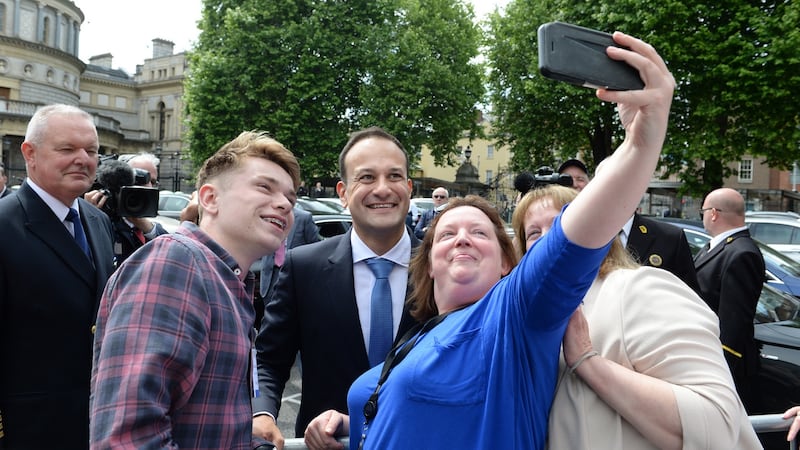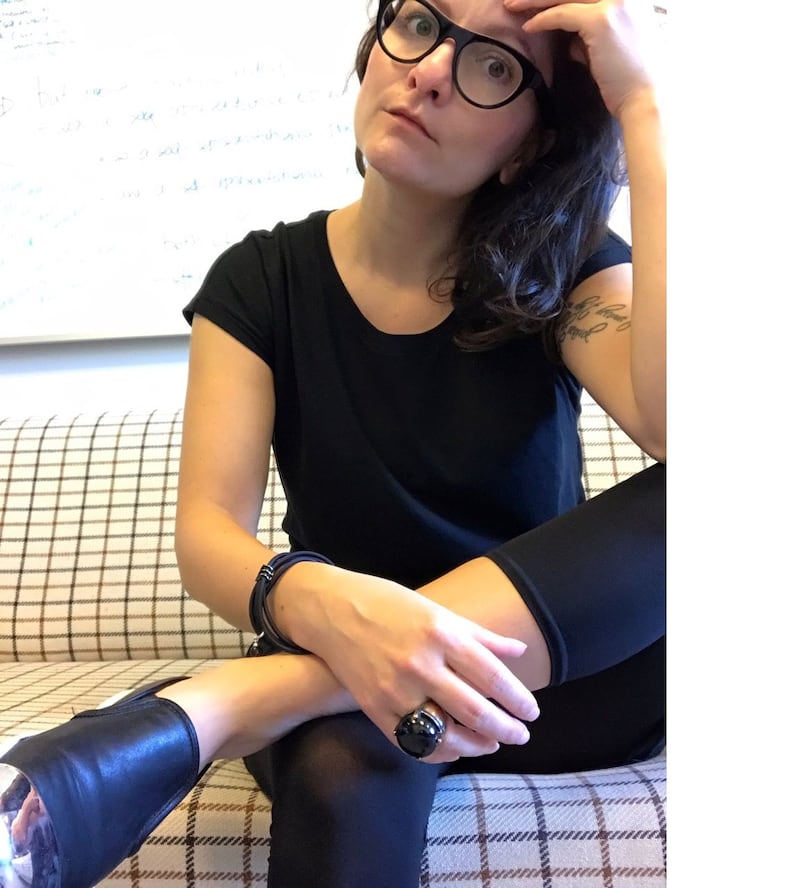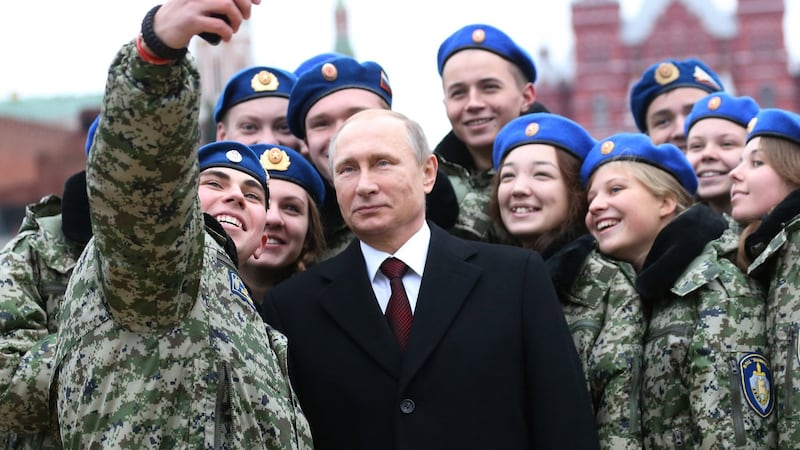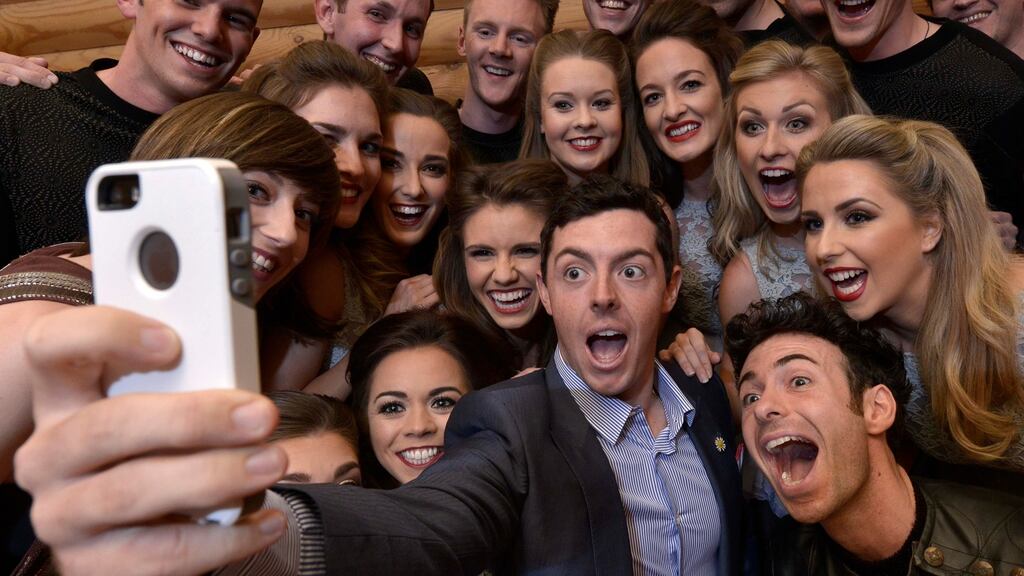We take more than a million selfies every day, and it’s expected that the average millennial will take more than 25,000 selfies in a lifetime. Little wonder they’ve become the stuff of heated debate.
You might think of selfies as the sole currency of the Kardashian family, or a symptom of a society blighted with narcissism. Selfie culture has been blamed for many things: the rise of anxiety, depression and other mental health challenges, not to mention a seemingly growing preoccupation with the physical and corporeal.
Selfies are often dismissed as superficial, a symbol of our self-obsessed culture and the favourite form of self-expression for the Instagram influencer. Yet in her years of research, Finnish academic Katrin Tiidenberg has uncovered a much richer – and healthier – meaning of selfies.
When we say that selfies are narcissistic and those who take them are vapid, it's no coincidence that they are often taken by young women
Of the ongoing sensationalist media narrative surrounding selfie culture, she admits: “I used to be incredibly upset about it, but now I’ve gotten used to it. I understand where this dominant narrative comes from, but there has been a very critical approach to selfies, and it relates to the hierarchies of power in society.”
Rather, Tiidenberg notes that selfies bring into the limelight people who have historically been invisible, or visible in very narrow ways. And it’s precisely because young women and young gay men have embraced selfies so readily that it has been seen as a “lesser”, more frivolous form of expression.

“Young women and young gay men have often only been visible in a very sexualised manner, when a man with a camera, or a magazine or agency curated it,” says Tiiderberg. “People who have a scar or blotchy skin or who are fat were invisible but only in a ‘grotesque’ way, and now they don’t need a magazine to become visible. This shakes up the hierarchical status quo of the usual status norms.
“When we say that selfies are narcissistic and those who take them are vapid, it’s no coincidence that they are often taken by young women,” she adds. “This isn’t new either to women – think of how some job sectors dominated by women are badly paid.”
Mental health
Reacting to the widely held tenet that selfies and mental health challenges are tightly linked, Tiiderberg notes: “I wouldn’t say there aren’t selfies that might exacerbate this, but what we often overlook is that there are a ton of selfies that are a rejection of this. Some are even an active pushback against that, especially those posted by body positive/fat acceptance activists and non-binary people.

“If you start taking selfies as a person who gets easily obsessed or addicted and you’re in a bad place, and you don’t have any other ways to help yourself and you aren’t seeing a therapist, it’s possible to (become obsessed). Yet selfies do not cause mental problems. This is not a selfie-specific thing; people get stuck playing Candy Crush obsessively.”
In her years of academic research, Tiidenberg studied people’s behaviours on the internet and how they inform their own sense of identity. Initially, one of her big research projects saw her study people who posted sexy nude selfies online. Again, her research yielded surprises.
“It’s typical to presume this is a marginal practice that teens take part in, but I found this wasn’t the case at all,” she says. “My respondents were from 20 to 60 and all part of a NSFW (not safe for work) social media space. Some of it has to do with sexual titillation and excitement, but it wasn’t primarily about sexiness. Most of it was about trying to find a way to be seen. A lot of these women were breastfeeding or at the menopause stage, and the pictures were about showing to themselves that they were still a sexual being, not just a mother.”
Tool for interaction
As with literature, there is a vast spectrum of different selfies, from intimate, sexy ones posted anonymously on Tumblr to those with a public Instagram account who post pictures that are commodified at great profit (according to Forbes, Instagram stars such as yogi Rachel Brathen can command more than $25,000 for a single post. One report noted that Kendall Jenner can command about $300,000 for a single post).

In other cases, conversation is the endgame. Tiidenberg has discovered that most selfies posted on platforms such as Snapchat are used more as a tool for interaction and less as a mode of visual self-presentation.
“Yet the other kinds of selfies, the Insta accounts that are private, or the queer kids posting on Tumblr, are less about generating attention and are more about basic human needs, like being seen in the way they want to be seen,” says Tiidenberg.
Among the other types on the spectrum is the much-maligned funeral selfie. A growing number of youngsters reportedly post selfies from funerals, sparking criticisms of tastelessness. Yet according to Tiidenberg, these aren’t as thoughtless as they initially might appear.
“Funeral selfies generate the most criticism and we do think of it as an inappropriate response to a sombre occasion, yet when it was studied as a phenomenon, it became evident that it wasn’t about people finding an inappropriate place to show themselves. If anything, they are attempting to show emotion. In some cases it’s a visual version of ‘I’m sad’ or ‘Help me mourn’.”
Need for approval
The ongoing need for approval from others is not specific to those active in selfie culture: rather, says Tiidenberg, it’s a base need common to the human species.
“Where it becomes problematic is where there are these really beautiful public Instagram accounts, and the structure of the platform enables people to get ‘likes’ and compare ‘likes’. This created a sort of toxic, and problematic, culture of negative special comparison. You’ll hear an awful lot about teenagers being susceptible to this, but really, teenagers are susceptible to everything. They’re only half-cooked as people.”
As to what she believes the future has in store for selfie culture, Tiidenberg adds: “I think that the passion will decrease in time as we get used to selfies. Essentially, they are one form of self-expression among many others. Selfies have made certain people visible and that’s exciting but the excitement will surely dissipate and it will be just another thing we do.”
Selfies: Why We Love And Hate Them by Katrin Tiidenberg is out now via Emerald Books










